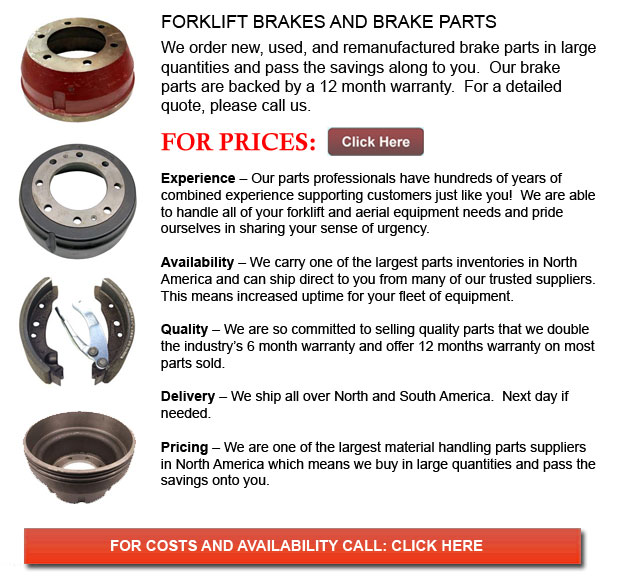
Forklift Brakes - A brake where the friction is supplied by a set of brake pads or brake shoes that press against a rotating drum unit called a brake drum. There are a few particular differences between brake drum types. A "brake drum" is usually the definition provided when shoes press on the inner exterior of the drum. A "clasp brake" is the term used in order to describe when shoes press next to the exterior of the drum. One more type of brake, called a "band brake" utilizes a flexible band or belt to wrap all-around the outside of the drum. Whenever the drum is pinched in between two shoes, it could be referred to as a "pinch brake drum." Similar to a standard disc brake, these kinds of brakes are quite uncommon.
Before 1955, old brake drums required consistent modification regularly so as to compensate for drum and shoe wear. "Low pedal" or long brake pedal travel is the dangerous end result if modifications are not executed sufficiently. The vehicle can become hazardous and the brakes could become useless whenever low pedal is combined with brake fade.
There are a variety of Self Adjusting Brake Systems existing, and they can be categorized within two major kinds, RAI and RAD. RAI systems have built-in equipments that prevent the systems to be able to recover when the brake is overheating. The most well known RAI manufacturers are Lucas, Bosch, AP and Bendix. The most well-known RAD systems comprise Ford recovery systems, Volkswagen, VAG, AP and Bendix.
The self adjusting brake would usually only engage whenever the forklift is reversing into a stop. This method of stopping is acceptable for use whereby all wheels utilize brake drums. Disc brakes are used on the front wheels of motor vehicles these days. By operating only in reverse it is less possible that the brakes would be applied while hot and the brake drums are expanded. If tweaked while hot, "dragging brakes" could happen, which raises fuel expenditure and accelerates wear. A ratchet mechanism which becomes engaged as the hand brake is set is one more way the self repositioning brakes could function. This means is just suitable in applications where rear brake drums are used. If the parking or emergency brake actuator lever goes over a specific amount of travel, the ratchet developments an adjuster screw and the brake shoes move in the direction of the drum.
There is a manual adjustment knob placed at the bottom of the drum. It is generally adjusted via a hole on the opposite side of the wheel and this requires getting under the forklift using a flathead screwdriver. It is of utmost importance to move the click wheel correctly and adjust each and every wheel equally. If unequal adjustment takes place, the vehicle can pull to one side during heavy braking. The most efficient way in order to make sure this tiresome task is done carefully is to either lift each wheel off the ground and hand spin it while measuring how much force it takes and feeling if the shoes are dragging, or give every\each and every one the same amount of manual clicks and then do a road test.
![]() Click to Download the pdf
Click to Download the pdf
Forklift Parts
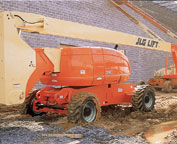
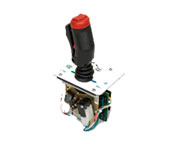
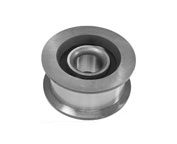
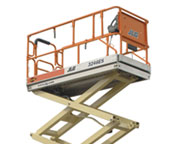
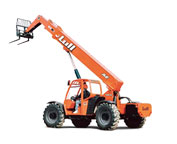
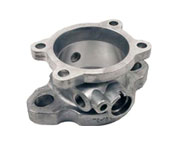
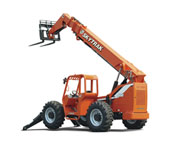
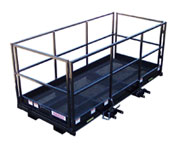
Lift Parts Express
TOLL FREE: 1-888-695-7994
Gary, Indiana
forkliftpartsgary.com
Email Us
About Us


